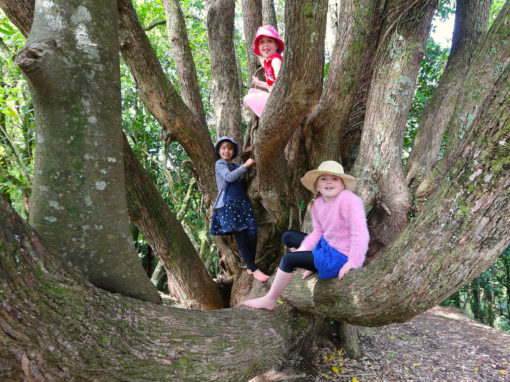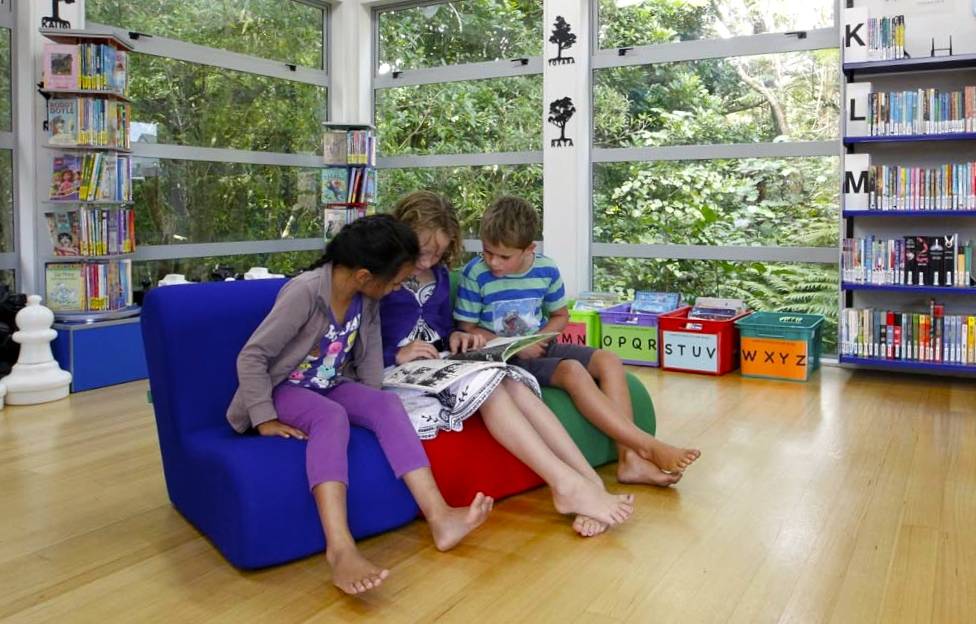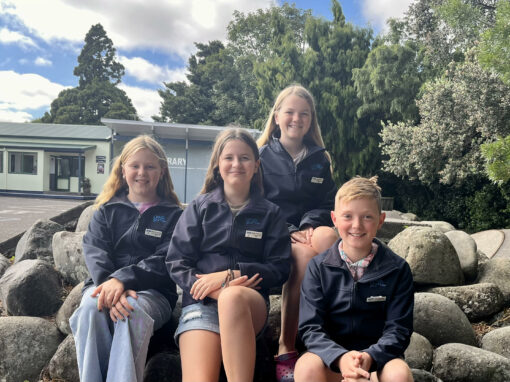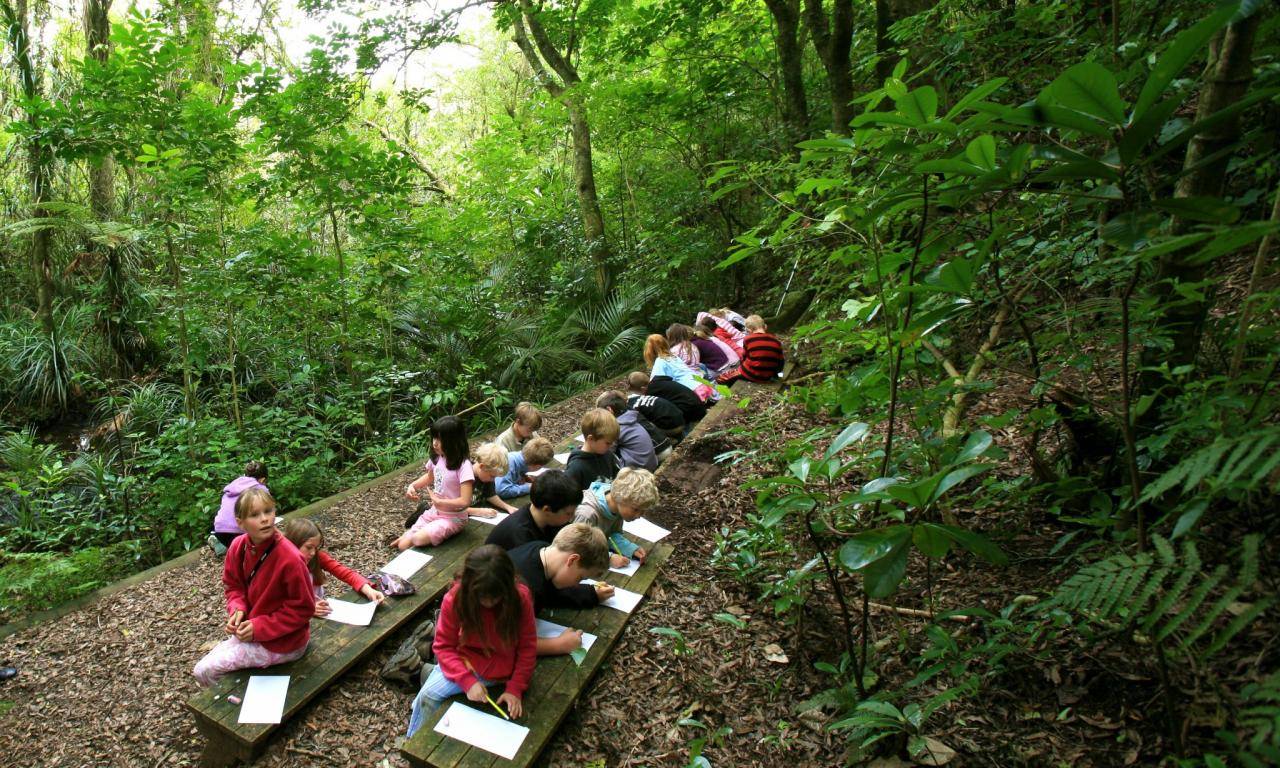




Vision
Nurturing Environment – Connected Learners
Tiakina te Taiao – Kia hono ngā akonga
We are a nurturing environment with caring learners, connected to people and place.
Tiakina te Taiao ma te manaaki o te akonga kia hono ai ki te tangata, ki te whenua.
Charter
Our kura
Established in 1853, Ōmata School is a state co-educational full primary school (years 1-8) of approximately 210 students contributing to New Plymouth secondary schools. The school is staffed by 9 classroom teachers. Ancillary staffing comprises a part-time school secretary and part-time teacher aides. The ethnic composition of the school is predominantly Pakeha/European. Māori students account for approximately 12% of the roll with other ethnic groups 8%.
The school comprises the main block, which contains three classrooms, toilets, health room, music room, admin and teacher offices, resource room, staff room, library, a flexible learning space (Kererū) that was created off the back of the block in 2015 and a separate learning space, Whio, at the back of Kōtare created in 2021. The library, built in 2007 next to the bush, was converted to a classroom in 2017. There are four classrooms by the field connected by decking, with the last one built in 2021.
There are also toilets, a resource storage unit and a shared office. Sheds provide storage for wood and gardening equipment. Hard-courts were re-asphalted in 2008 at the corner of the field. There is a heated swimming pool with changing rooms and toilets, located on the corner of the site. A Community Hall was opened on site in 1994 and the school has full access to the hall. The school installed Solar Panels on the hall roof in 2023.
Our community
Ōmata School is a well-resourced rural, full primary school situated three kms south-west of New Plymouth on Surf Highway 45. We have a relationship with Taranaki iwi and Ngāti Tairi hapū.
In 2008 the MoE initiated an enrolment policy for the school and boundaries have been revised twice. The students are drawn from a zone that is a semi-rural community stretching from, and including, the edge of the city from the Herekawe Stream to Oākura Matapu River, incorporating all roads running from the coast to the mountain. There are a number of established family groups in the local area, many extending back five or more generations. There is a high level of employment, with an increasing number of families having two or more employed outside the local Ōmata area.
The school is the main focal point for community, having many established traditions and strong partnerships with families. The reasonably strong social network among school families and and the size of the school enables much informal social contact.
The school continues to provide grounds and associated facilities that are available as physical and social focal points. Attention is paid to sustaining natural resources and the native bush area, with a sympathetic playground, garden and outdoor learning spaces, including a developed orchard and gardens.
Planning and reporting procedures
- Ōmata School will follow the Education School Planning and Reporting Regulations 2023 that include the National Education Learning Priorities and giving effect to Te Tiriti o Waitangi.
- The Principal and Board of Trustees will lodge a copy of its triennially updated Strategic Plan with the Ministry of Education and publish on the school’s website by the 1st March.
- The school community which identifies with Ōmata School, will be consulted every three years to inform the school’s strategic goals.
- In order to achieve target goals, the Board of Trustees will support Senior Leadership to provide appropriate professional development so that significant change is supported and can be achieved.
- Strategies to ensure that its plans, policies, and local curriculum reflect local tikanga Māori, mātauranga Māori, and te ao Māori, strategies for achieving equitable outcomes for Māori students, and taking all reasonable steps to make instruction available in tikanga Māori and te reo Māori.
- An annual plan that includes targets to improve student achievement after an analysis of good quality school wide assessment data.
- An Annual Report will be completed with includes a statement of variance of goals and student progress, including progress towards instruction of tikanga and Te Reo Māori.
- Annual financial statements will be prepared, audited and published on the school’s website.
- A Curriculum Delivery plan will outline Ōmata School’s teaching and learning strategies.
Ōmata School Zone
Enrolment at the school is governed by an enrolment scheme, details of which are available from the school office. No out of zone enrolments are currently available. The zone boundaries are from the Herekawe Stream (Edge of New Plymouth) to the Oākura River, incorporating all roads running from the coast to the mountain.
